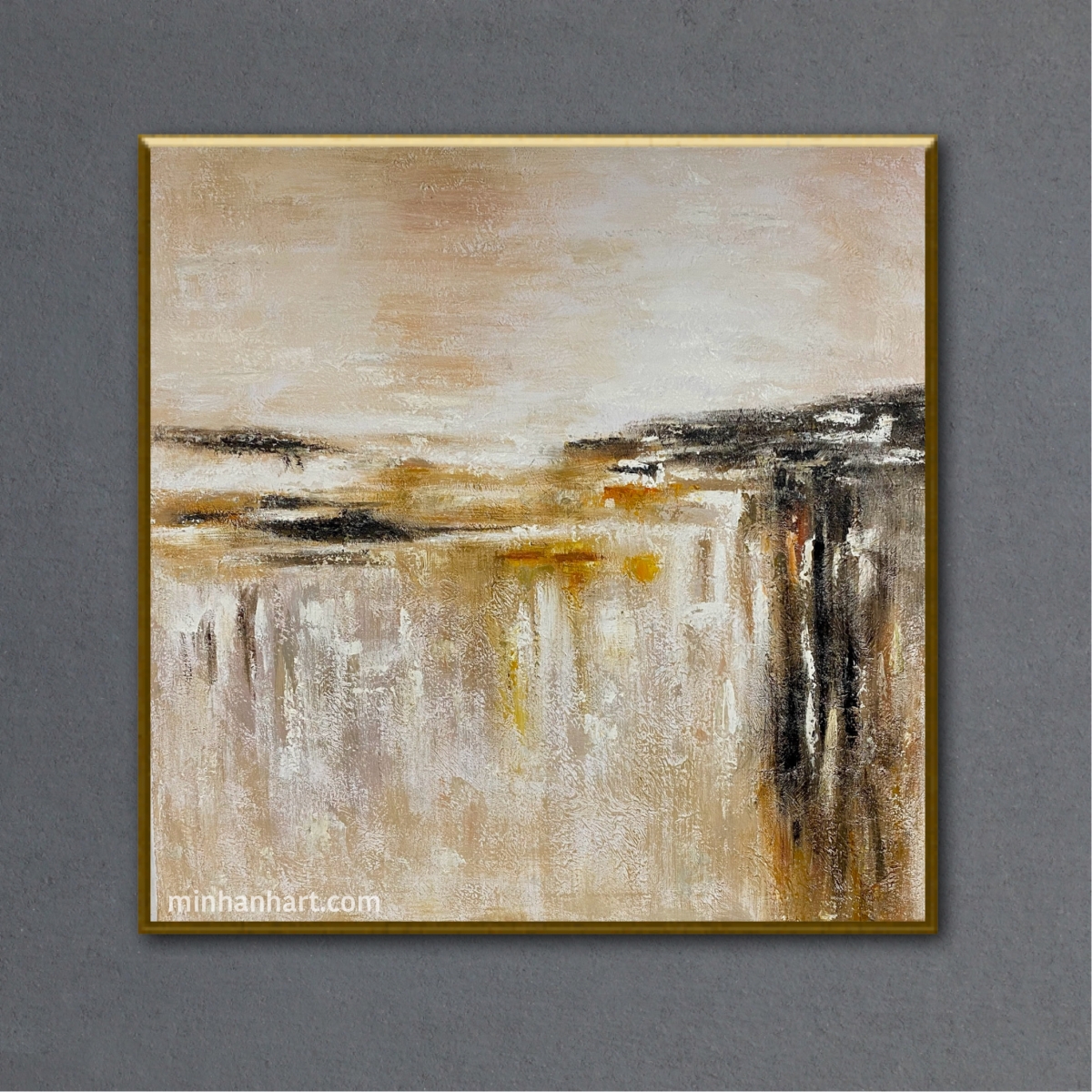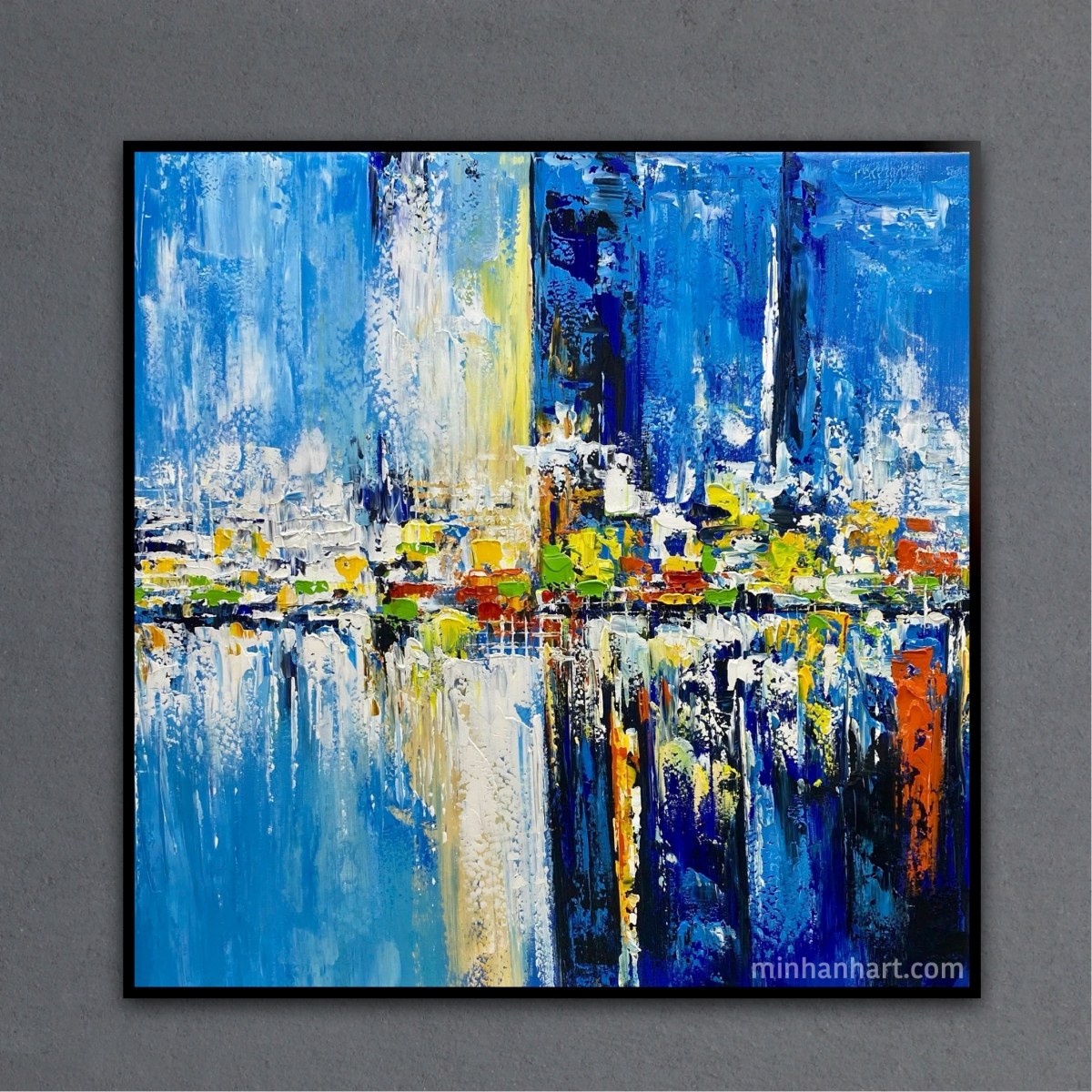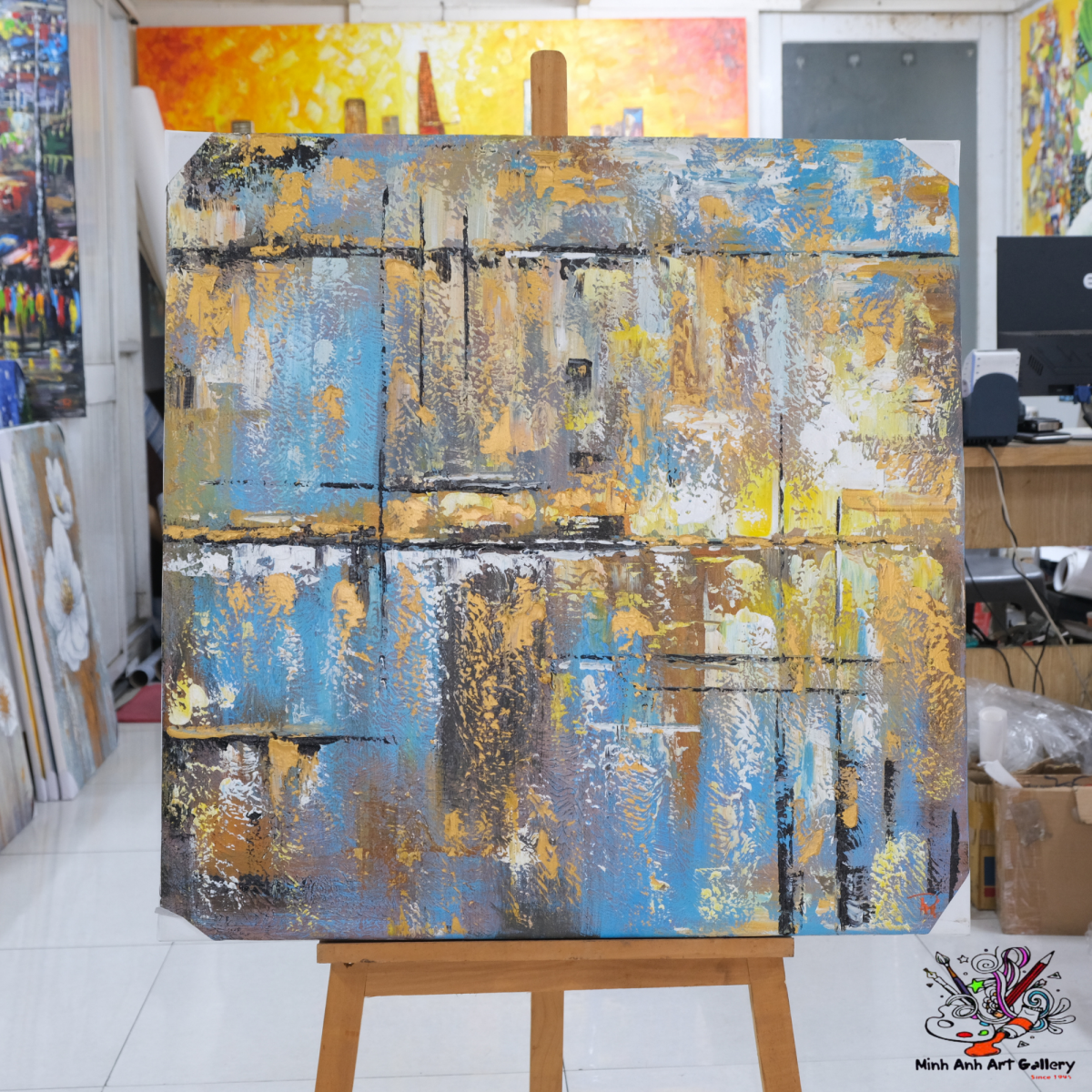Let’s be real—art doesn’t need a translator. Whether it's a silent sculpture or a bold painting, art speaks directly to the soul. That’s the magic of it. It transcends language, culture, and time. Through art collection galleries, we engage with deep stories, ancient traditions, and emotional truths without saying a word.

Ever looked at a painting and felt something stir inside you? That’s not by accident. Artists pour their emotions into every brushstroke. And when private art galleries curate these works, they create emotional landscapes that let us walk through someone's story—sometimes even our own.
Unlike government-run museums, private art galleries are independently owned. They often reflect the personal tastes and values of the gallerist. This freedom allows for risk-taking, innovation, and intimate storytelling through art.
While public institutions aim for broad representation, private art galleries dive deep into niche collections. They might focus on a specific region, emotion, or artistic era. That precision helps preserve unique slices of human history and emotion.
From ancient artifacts to masterpieces from overlooked regions, private art galleries are often the last line of defense for precious pieces. They save cultural treasures that might otherwise fade away.
Many contemporary art galleries uplift voices that mainstream platforms ignore. Think of it like indie music—raw, real, and refreshingly honest. These galleries give emerging and minority artists a stage, helping their work enter the stream of famous art collections over time.

Rather than sticking to dry historical timelines, private galleries often organize exhibitions around emotion—grief, joy, resistance, longing. It’s not about what’s on the canvas, it’s about what’s in your heart when you see it.
Every exhibit in a curated art collection is like a chapter in a book. From the lighting to the layout, everything is intentional. It’s not just a visual treat—it’s an emotional journey.
A great curator is part historian, part empath. They understand that art is memory. Through curated art collections, galleries craft identities—preserving not just aesthetics but belief systems, struggles, and triumphs of the past and present.
You don’t just look at a fine art collection—you feel it. Every step you take in a private gallery adds to a narrative designed to leave a mark on your soul.
Let’s face it: walking through a huge museum can feel like reading an encyclopedia. But private art galleries? They’re more like a handwritten letter. Personal, warm, and engaging. You’re not just observing—you’re connecting.
In an age of quick content and scrolling, a fine art collection reminds us to slow down. To feel. To reflect. It’s like an emotional detox from our chaotic digital lives.
Art collectors and curators often build collections that speak across time. A modern art collection inspired by traditional forms tells a story of evolution and respect. It reminds younger generations where we come from—and where we might be going.
By preserving the past, art collection galleries light the path for the future. They give young artists a mirror—and a springboard. Legacy isn’t about nostalgia. It’s about continuity.
Thanks to the internet, private art galleries aren’t confined to four walls. Through art collection online, people across continents can experience emotion-rich exhibits without hopping on a plane.
Online exhibitions offer high-res images, artist interviews, and even virtual tours. It’s a game-changer for accessibility, allowing even more people to connect with the emotional power of art.
A physical art gallery collection tour immerses you in space, sound, and emotion. It’s like walking into a live performance. Every room you enter invites a deeper understanding of heritage and humanity.
You don’t leave a good gallery empty-handed. Maybe you pick up a print. Or maybe—you carry home a new perspective, a fresh emotion, or a deeper respect for a culture you barely knew.

Private art galleries are more than just white-walled rooms filled with beautiful things. They are emotional vaults. Cultural memory banks. Places where human stories are kept safe and told with love. In a world that moves too fast, they remind us to feel—and to remember.
1. What makes a private art gallery different from a museum?
Private art galleries are independently owned and often curated with a personal vision, unlike museums that follow public or institutional mandates.
2. Can I view private art collections online?
Yes! Many galleries now offer art collection online platforms where you can view or even buy artworks digitally.
3. Are private art galleries open to the public?
Most are! While privately owned, many welcome visitors, especially during art gallery exhibitions and tours.
4. Why are curated collections important?
Curated art collections offer depth and intention, telling specific emotional or cultural stories rather than just displaying unrelated artworks.
5. How do galleries preserve emotional value in art?
Through intentional themes, thoughtful presentation, and selective curation, galleries ensure the emotional core of each piece reaches the viewer.
Message
Minh Anh Art Gallery – Where emotion meets heritage. Visit us at 101 Bui Vien St, District 1, HCMC or explore our handcrafted collections online.
WhatsApp (+84) 962 720 484 | Email: minhanhart.vn@gmail.com | Website: minhanhart.vn